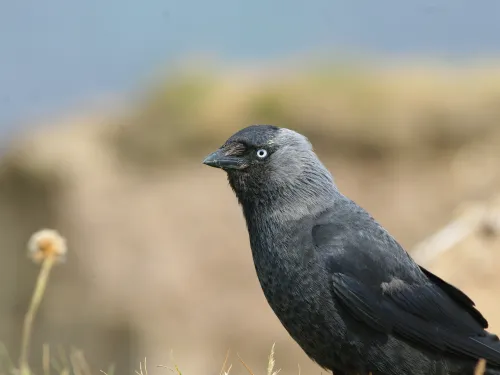
Jackdaw
The jackdaw is a small, black-capped crow of woodlands, parks, towns and coast. It is a well-known thief, stealing other birds' eggs and breaking into garden feeders.
Want to learn more about wildlife near you? You're in the right place, search below and discover the nature you can help protect in Kent.

The jackdaw is a small, black-capped crow of woodlands, parks, towns and coast. It is a well-known thief, stealing other birds' eggs and breaking into garden feeders.
Introduced from Japan in the 19th century, Japanese knotweed is now an invasive non-native plant of many riverbanks, waste grounds and roadside verges, where it prevents native species from growing.
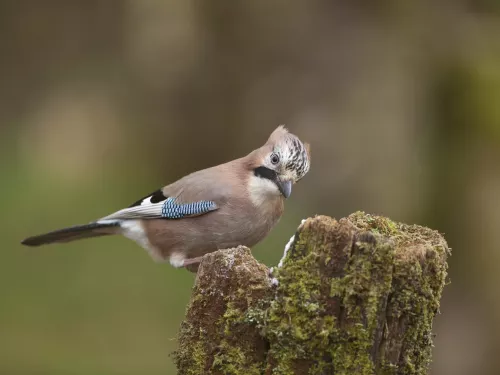
The jay is a colourful member of the crow family, with brilliant blue wing patches. It is famous for searching out acorns in autumnal woodlands and parks, often storing them for the winter ahead.
It's easy to see where the jewel anemone got its name - the tiny colourful blobs that tip its tentacles look like jewels! Forming dense, colourful carpets on rocky overhangs, jewel anemones are one of the UK's most beautiful underwater sights.
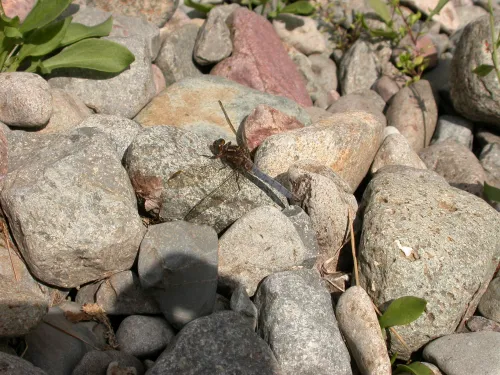
The Keeled skimmer is a dragonfly of heaths and commons with shallow pools. It has a skittish and weak flight, and is on the wing in summer and early autumn.
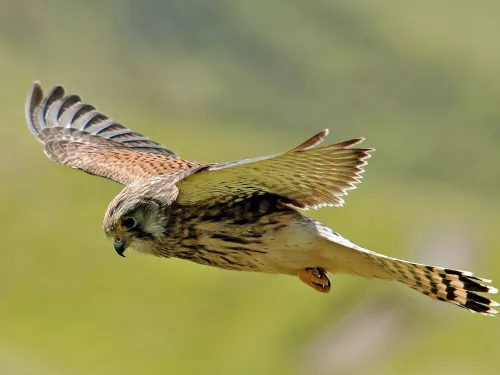
The kestrel is a familiar sight hovering over the side of the road, looking out for its favourite food: small mammals like field voles. It prefers open habitats like grassland, farmland and heathland, but can be seen in towns and villages.
Found on rocky shores and seabeds, the Keyhole limpet gets its name from the little hole at the tip of its shell.
The small, yellow flowers and woolly appearance of kidney vetch make this plant easy to spot. Look for it growing low to the ground on sand dunes, chalk grasslands and cliffs in summer.
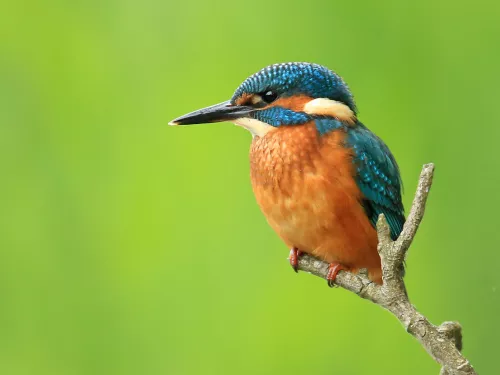
Blink and you may miss the fantastic kingfisher! This beautiful bird is easy to recognise thanks to its bright blue and metallic copper colours. It darts along the riverbank or sits patiently on a low branch over the water waiting for its next meal to swim by.
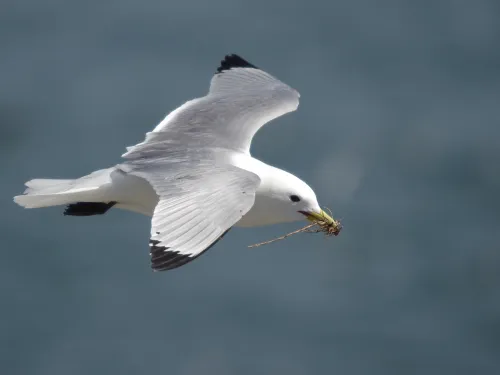
A pretty, little gull, the kittiwake can be spotted nesting in colonies on clifftops and rock ledges around the UK's coast. It spends the winter out at sea.
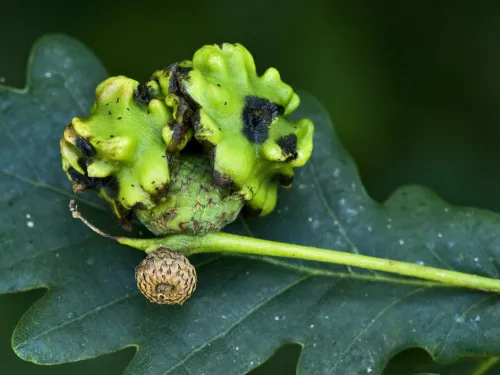
The knopper gall wasp produces knobbly red, turning to brown, growths, or 'galls', on the acorns of Pedunculate Oak. Inside the gall, the larvae of the wasp feed on the host tissues, but cause little damage.
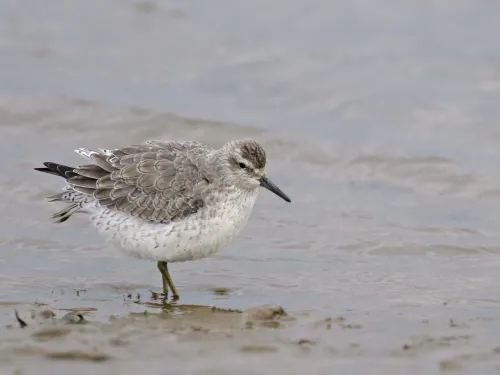
A stocky, little sandpiper, the knot can be spotted in estuaries from August onwards, migrating here from the Arctic where it breeds. Look out for it probing the muddy sand with its specialised bill as it hunts for marine animals to eat.